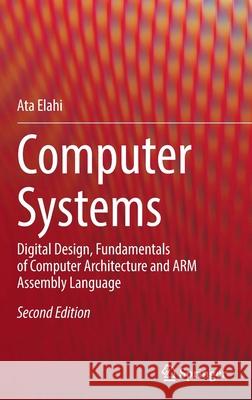Computer Systems: Digital Design, Fundamentals of Computer Architecture and Arm Assembly Language » książka
topmenu
Computer Systems: Digital Design, Fundamentals of Computer Architecture and Arm Assembly Language
ISBN-13: 9783030934484 / Angielski / Twarda / 2022 / 316 str.
Computer Systems: Digital Design, Fundamentals of Computer Architecture and Arm Assembly Language
ISBN-13: 9783030934484 / Angielski / Twarda / 2022 / 316 str.
cena 322,77
(netto: 307,40 VAT: 5%)
Najniższa cena z 30 dni: 308,41
(netto: 307,40 VAT: 5%)
Najniższa cena z 30 dni: 308,41
Termin realizacji zamówienia:
ok. 22 dni roboczych
Bez gwarancji dostawy przed świętami
ok. 22 dni roboczych
Bez gwarancji dostawy przed świętami
Darmowa dostawa!
Kategorie:
Kategorie BISAC:
Wydawca:
Springer Nature Switzerland AG
Język:
Angielski
ISBN-13:
9783030934484
Rok wydania:
2022
Ilość stron:
316
Waga:
0.61 kg
Wymiary:
23.39 x 15.6 x 1.91
Oprawa:
Twarda
Wolumenów:
01
Dodatkowe informacje:
Wydanie ilustrowane











